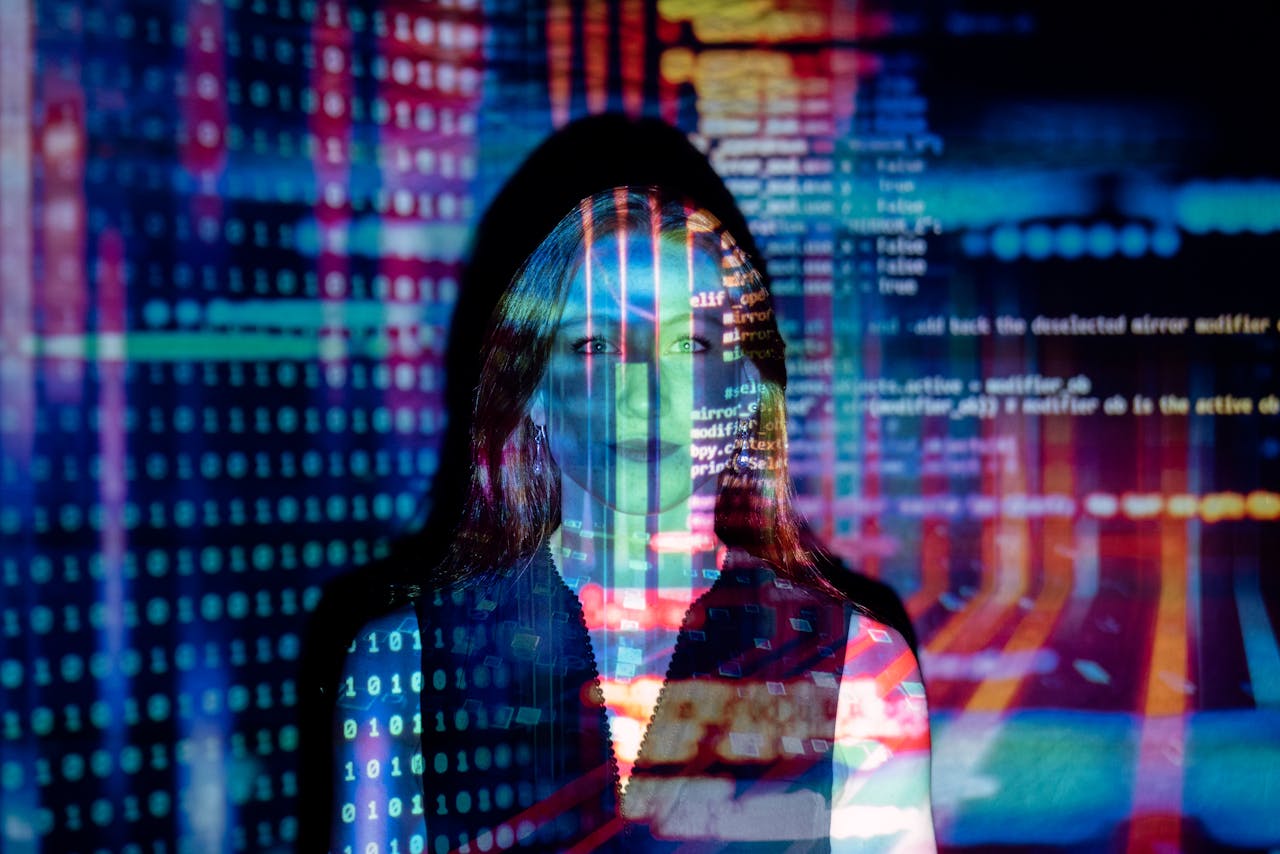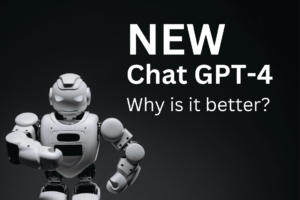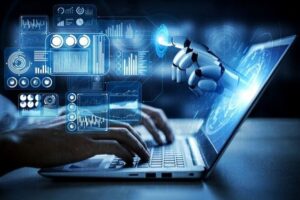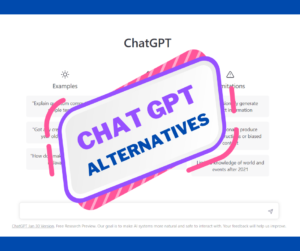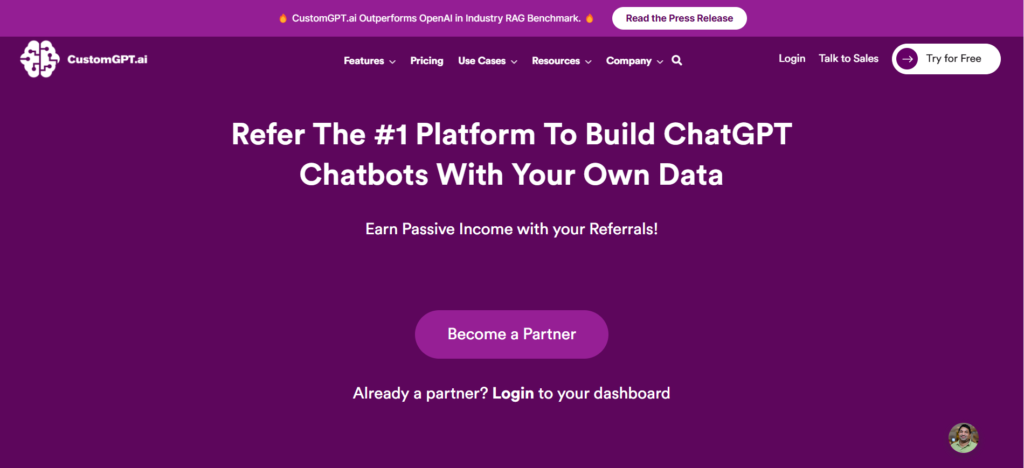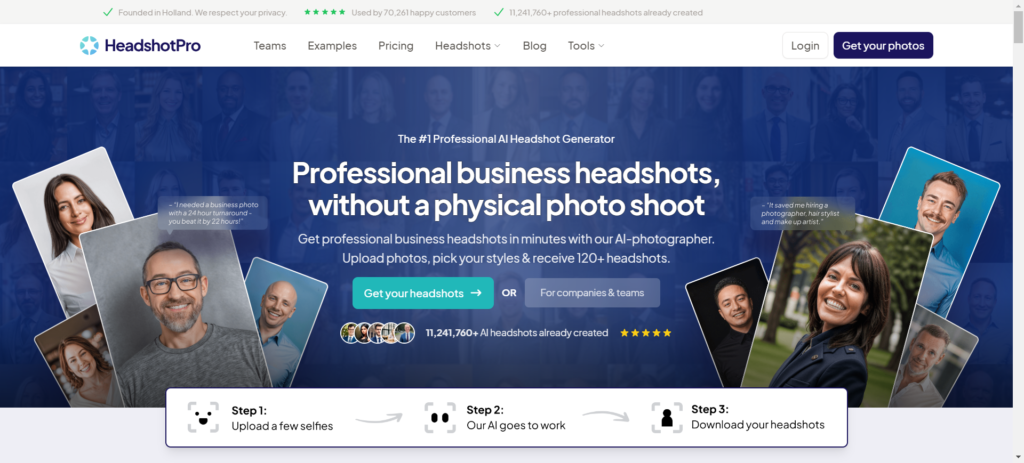The landscape of artificial intelligence has undergone a dramatic transformation in recent years, with generative models standing out as one of the most revolutionary advancements. These models, powered by neural networks, have not only pushed the boundaries of what machines can achieve but have also opened up new realms of creativity and content creation. As we step into 2024, the impact of generative models on various creative industries is becoming increasingly profound, reshaping how we create, consume, and interact with content.
The Evolution of Generative Models
Generative models, such as Generative Adversarial Networks (GANs), Variational Autoencoders (VAEs), and, more recently, large language models like GPT-4, have shown remarkable capabilities in producing high-quality, human-like outputs. GANs, introduced by Ian Goodfellow and his colleagues in 2014, consist of two neural networks—the generator and the discriminator—that compete against each other to create realistic data. This adversarial process leads to the generation of incredibly lifelike images, videos, and even music.
VAEs, on the other hand, take a probabilistic approach to generating data by learning the underlying distribution of the input data and sampling from this distribution to create new instances. Meanwhile, transformer-based models like GPT-4 have revolutionized natural language processing, enabling machines to generate coherent and contextually relevant text based on vast amounts of training data.
Transforming the Creative Process
One of the most significant impacts of generative models is their ability to democratize creativity. These models provide tools that enable individuals without formal training in arts or writing to produce high-quality content. For instance, platforms leveraging GPT-4 can assist writers in drafting articles, generating story ideas, or even composing poetry. This technology reduces the barrier to entry, allowing more people to express their creativity and share their stories.
In visual arts, GANs have enabled artists to experiment with new styles and techniques. AI-generated art is gaining recognition in prestigious galleries and auctions, blurring the lines between human and machine creativity. Artists can use generative models to explore new artistic directions, creating pieces that were previously unimaginable. Moreover, AI can assist in restoring and enhancing historical artworks, preserving cultural heritage for future generations.
Revolutionizing Content Creation in Media and Entertainment
The media and entertainment industry is undergoing a paradigm shift thanks to generative AI. In filmmaking, AI can generate realistic characters, landscapes, and special effects, significantly reducing production costs and time. For example, deepfake technology, although controversial, demonstrates the potential of generative models in creating lifelike digital actors. This technology can resurrect deceased actors for new roles or de-age current ones, providing filmmakers with unprecedented creative flexibility.
In the music industry, AI-generated compositions are becoming more common. Tools like OpenAI’s MuseNet can compose music in various styles, from classical to contemporary, allowing musicians to experiment with new sounds and collaborate with AI as a creative partner. This collaboration can lead to innovative musical pieces that blend human intuition with machine precision.
Personalized and Dynamic Content
Generative models also excel in creating personalized content tailored to individual preferences. In advertising, AI can generate customized marketing materials that resonate with specific target audiences, increasing engagement and conversion rates. E-commerce platforms use AI to create personalized shopping experiences, recommending products and generating dynamic content based on user behavior and preferences.
In education, generative models can develop personalized learning materials, adapting to the unique needs and learning styles of each student. This personalization enhances the learning experience, making it more effective and engaging. AI-driven tutors and interactive educational content are becoming invaluable tools in modern classrooms.
Ethical Considerations and Challenges
Despite the numerous benefits, the rise of generative models also presents ethical challenges. Issues such as copyright infringement, misinformation, and deepfake abuse require careful consideration. As AI-generated content becomes more indistinguishable from human-created content, ensuring authenticity and accountability is crucial. Regulatory frameworks and ethical guidelines need to evolve to address these challenges, promoting responsible use of generative AI.
Furthermore, the potential for bias in generative models remains a significant concern. These models are trained on vast datasets that may contain biases present in human society. If not addressed, these biases can be perpetuated and amplified by AI, leading to unfair and discriminatory outcomes. Efforts to develop fair and transparent AI systems are essential to mitigate these risks.
The Future of Creativity with AI
As we look to the future, the integration of generative models in creative industries is expected to deepen. The synergy between human creativity and AI capabilities will continue to push the boundaries of what is possible. Collaboration between artists, writers, musicians, and AI will lead to the creation of novel and captivating content that captivates audiences worldwide.
Generative models are not just tools; they are catalysts for a new era of creativity. By harnessing the power of AI, we can unlock the full potential of human imagination and create a richer, more diverse cultural landscape. As technology advances, the partnership between humans and machines will redefine creativity, making 2024 an exciting year for innovation and artistic expression.
